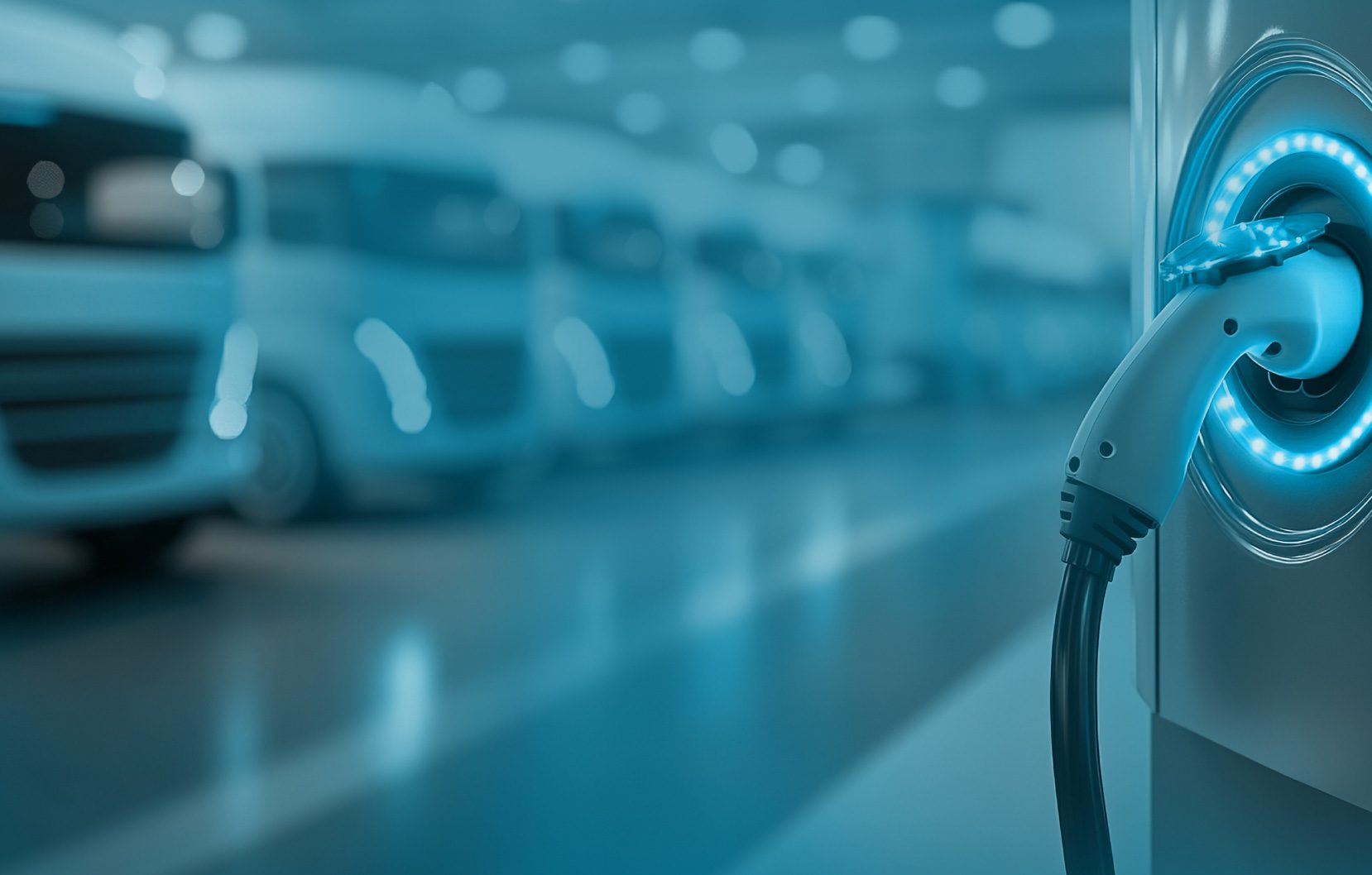Is there a fast-charging standards battle brewing (a la DVD vs Blu-ray, or VHS vs Betamax for those who can remember that far back), or has the battle been decided before one side even takes the field?
In October 2012, the Society of Automotive Engineers (SAE) published its new charging standard, which incorporates Level 2 and DC fast charging on a single plug, and is meant to supersede the existing CHAdeMO fast charging standard, at least in the US. However, as InsideEVs recently reported, supporters of CHAdeMO are rolling out new chargers as fast as they can – by the latest count, there are over 2,500 CHAdeMO charging stations worldwide, including 160 in the US, and lots more are on the way. Nissan has announced plans to deploy 500 additional units in the US by mid-2014, and ECOtality has just announced an expanded partnership with Kroger that includes 25 CHAdeMO fast chargers.

The Japanese automakers support CHAdeMO – it’s the standard used by the Nissan LEAF – so the war’s over in Japan. The US automakers have signed on to the SAE standard, but the first car that actually uses it, the Chevy Spark EV, won’t go on sale until July, and SAE chargers are thin on the ground.
Meanwhile, in Europe, a similar situation prevails. In January, the European Commission declared the Mennekes Type 2 connector, which is similar to the SAE Combo, to be the new standard. However, CHAdeMO is already well-entrenched in the Old Country, with 652 chargers installed, including 300 units deployed by DBT-CEV and 170 in Estonia’s nationwide network (see the article in the latest issue of Charged).
For those who are still confused about the various charging standards, a little clarification is in order. The compatibility issues we’re talking about here apply only to DC fast charging. Most Level 2 (240 V AC) chargers in the US the SAE J1772 standard plug, and for vehicles that don’t (like Tesla’s), a simple plug adapter is all that’s needed. For DC fast charging, this isn’t the case, because the way the EVSE interacts with a vehicle’s onboard charging equipment differs. So a DC fast charger built to one standard simply won’t work with a car that uses another.
Tesla, by the way, uses its own Supercharger standard, so the Model S is not compatible with either CHAdeMO or SAE Combo.
Fortunately, a compromise is possible. Charging equipment manufacturers can include more than one standard on a single charger, and ABB has already announced plans to do so in Europe. However, given the hassle and expense of retrofitting existing chargers, this sounds like a long-term solution at best. And the Japanese are probably hoping that, sooner or later, the Americans and Europeans will bow to the Shogun and drink the CHAdeMO tea.
Sources: InsideEVs, ECOtality, ABB, Nissan









































































































